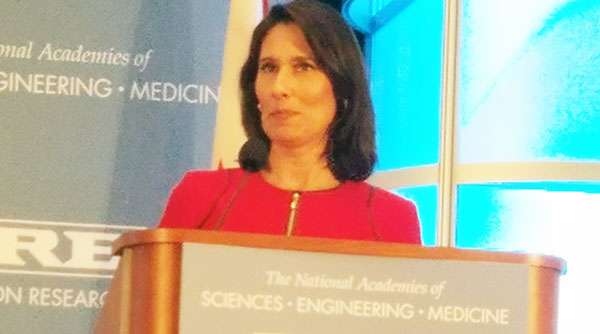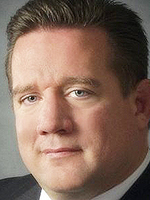Senior Reporter
Creative Use of Big Data Key to Predicting Crash Risk, DOT Official Says

WASHINGTON — Innovations in the growth of “big data” are moving traffic research from the reactive to the predictive, a top U.S. Department of Transportation official said.
“Much of this data has been collected and organized the same way for decades,” Derek Kan, DOT undersecretary of transportation for policy, told a group of researchers at the 2018 Transportation Research Board meeting here. “Even though we have 765 data sets at our disposal, we are not fully leveraging the information they contain. Yet, recent innovations in data science provide us with the opportunity to do so much more.”
To better utilize data, the DOT has launched a “safety data initiative,” aimed at creating a systematic approach to safety in which the agency can identify, track, predict and address the largest safety risks, Kan said.
News: @USDOT Under Secretary of #Transportation for Policy Derek Kan announces a new Safety Data Initiative at #TRB2018 pic.twitter.com/Wt3ULVVRzA
— TransportationGov (@USDOT) January 8, 2018
The elements of the initiative include methods to help researchers collect data on and search for predictive insights, according to Kan.
“There are tons of new tools that help visualize data in a way that makes analysis more intuitive, that highlights trends that are sometimes less recognized when you have long tables,” Kan said. “As for integration, we are connecting diverse data sets with comprehensive and timely analysis for anybody that’s on social media. As transportation research professionals we are only starting to scratch the surface of integrating all these different data sets.”
Kan added, “Unfortunately, today we record risk almost always on a national basis.” The goal is to find better ways to measure timely and reliable indicators for traffic crashes, he said.
Kan and other panel members discussed new streams of data being mined that are producing interesting results. Some of them included:
•DOT is collecting the rate of speed every five minutes at various locations nationwide to determine its impact on the number of crashes, Kan said.

Milton
•The state of Washington’s department of transportation used big data to discover that lighted roadways are not always safer than those that are not lighted, said John Milton, the agency’s director of quality assurance and transportation system safety.
“In some cases we were finding that continuous lighting leads to driver behaviors that aren’t the best,” Milton said, while not explaining why some of the bad behaviors emerged on lighted roadways.
•City of Los Angeles officials used big data to analyze why certain areas of town had more crashes than others, said Deborah Hersman, CEO of the National Safety Council. The data showed that the greater number of crashes were related to the level of police enforcement, Hersman said.
“When I was growing up, data was such a nerdy thing, only geeks would spend time programing,” Kan said. “But today data is super cool.”




